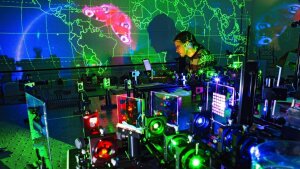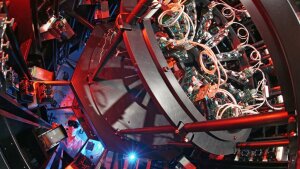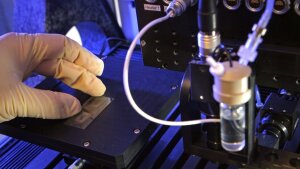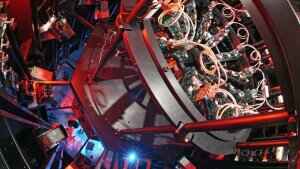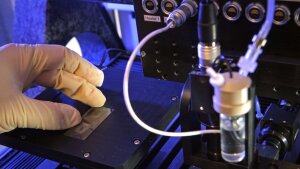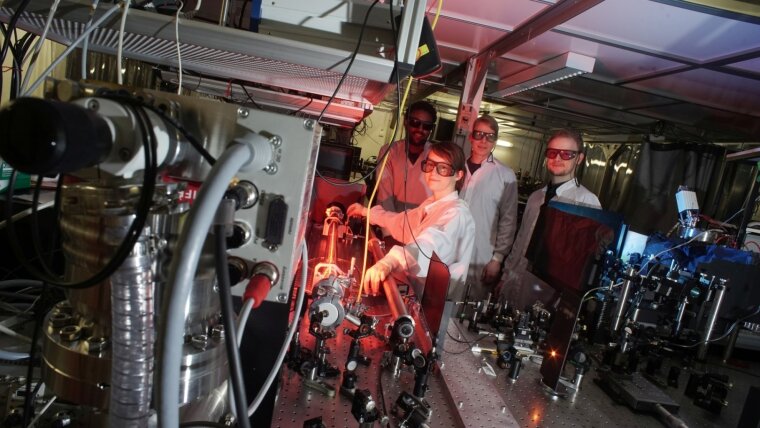
The Abbe Center of Photonics (ACP) hosts fundamental and applied research in optics and photonics. It cross-links the activities of its principal and visiting scientists together with around 300 doctoral and more than 150 Master's degree students. While covering a broad variety of different research topics, we are researching in the following three key research areas:
Ultra Optics
Within the key research area of Ultra Optics, ACP researchers strive to obtain a complete control of light and all of its properties. This capability allows us to use light as an instrument, tool, trigger and carrier of information. Ultra Optics takes on this challenge by combining the following five fields in a synergistic way:
- Laser physics
- Nanooptics
- Photonic materials
- Optical systems
- Quantum technologies (InQuoSens)
Since 2017, ACP is hosting the Thuringian Innovation Center for Quantum Optics and Sensing (InQuoSens). Strongly encouraged by our latest successes and leaps in quantum-related optics and technologies, ACP and InQuoSens are creating new solutions for sensor technology, semiconductor lithography, microscopy and quantum imaging techniques.
Strong Field Physics
The key research area of Strong Field Physics deals with the generation of light involving extreme properties and extraordinarily high intensities. It also involves the interaction of light with matter up to the relativistic domain. This provides access to ultra-short wavelengths such as vacuum-UV light and x-rays. Strong Field Physics targets research in the following topics:
- Ultrahigh peak power lasers
- Nonlinear and relativistic laser physics
- X-ray optics
Biophotonics
Biophotonics is an emerging highly multidisciplinary research area embracing all light-based technologies (i.e. innovative photonic tools) and their applications for the life sciences and medicine. Major technological topics in Biophotonics are:
- Novel spectroscopic techniques
- Multimodal biomedical imaging & microspectroscopy
- Chip-based analytics and diagnostics
